
Both p53–PUMA/NOXA–Bax-mitochondrion and p53–p21cip1 pathways are involved in the CDglyTK-mediated tumor cell suppression - ScienceDirect

A p53/lnc‐Ip53 Negative Feedback Loop Regulates Tumor Growth and Chemoresistance - Zhang - 2020 - Advanced Science - Wiley Online Library
BH3-only sensors Bad, Noxa and Puma are Key Regulators of Tacaribe virus-induced Apoptosis | PLOS Pathogens
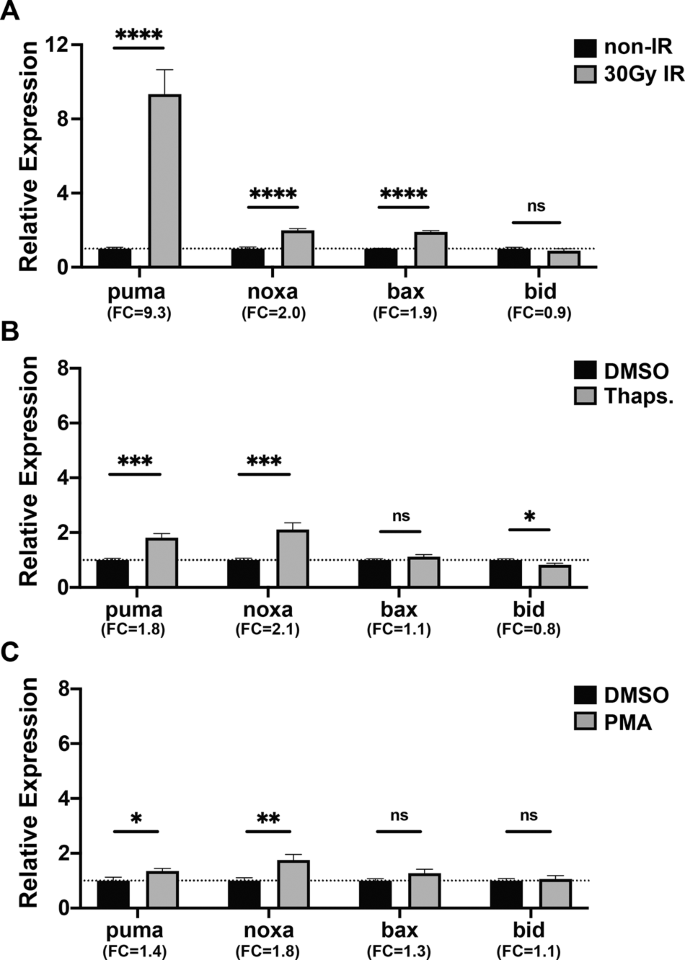
Puma, noxa, p53, and p63 differentially mediate stress pathway induced apoptosis | Cell Death & Disease
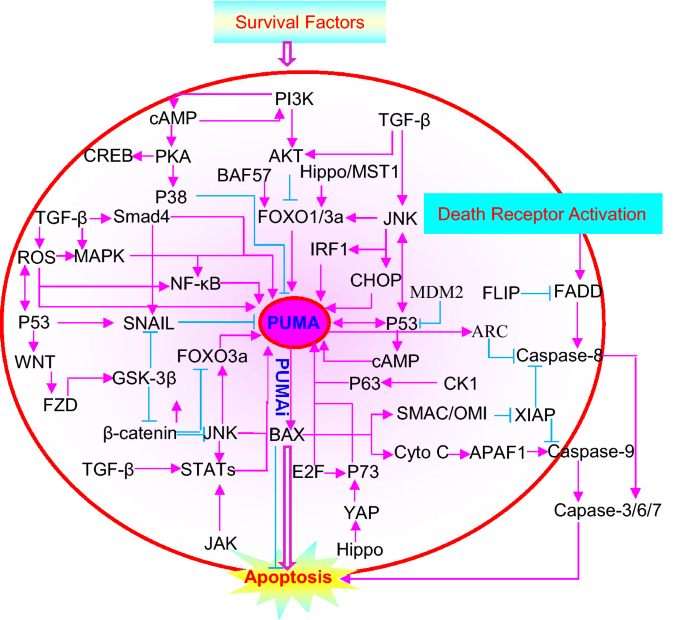
The role of P53 up-regulated modulator of apoptosis (PUMA) in ovarian development, cardiovascular and neurodegenerative diseases | SpringerLink

Schematic diagram of p53 and PUMA regulation of apoptosis following... | Download Scientific Diagram
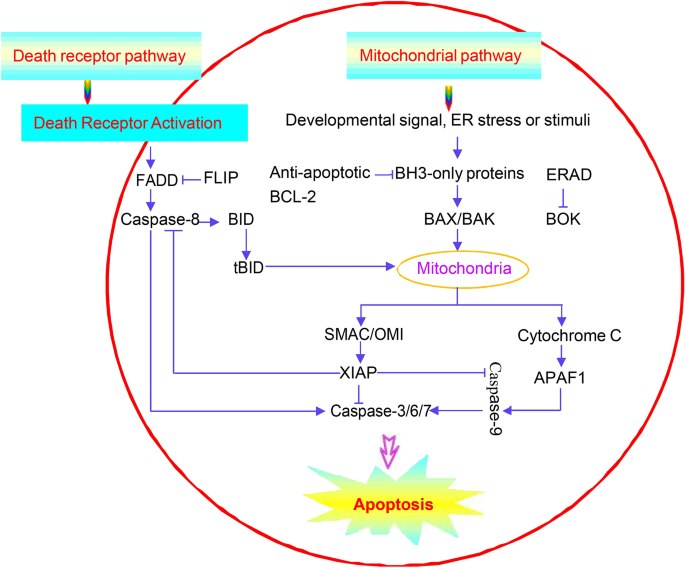
The role of P53 up-regulated modulator of apoptosis (PUMA) in ovarian development, cardiovascular and neurodegenerative diseases | SpringerLink

Schematic diagram of p53 and PUMA regulation of apoptosis following... | Download Scientific Diagram


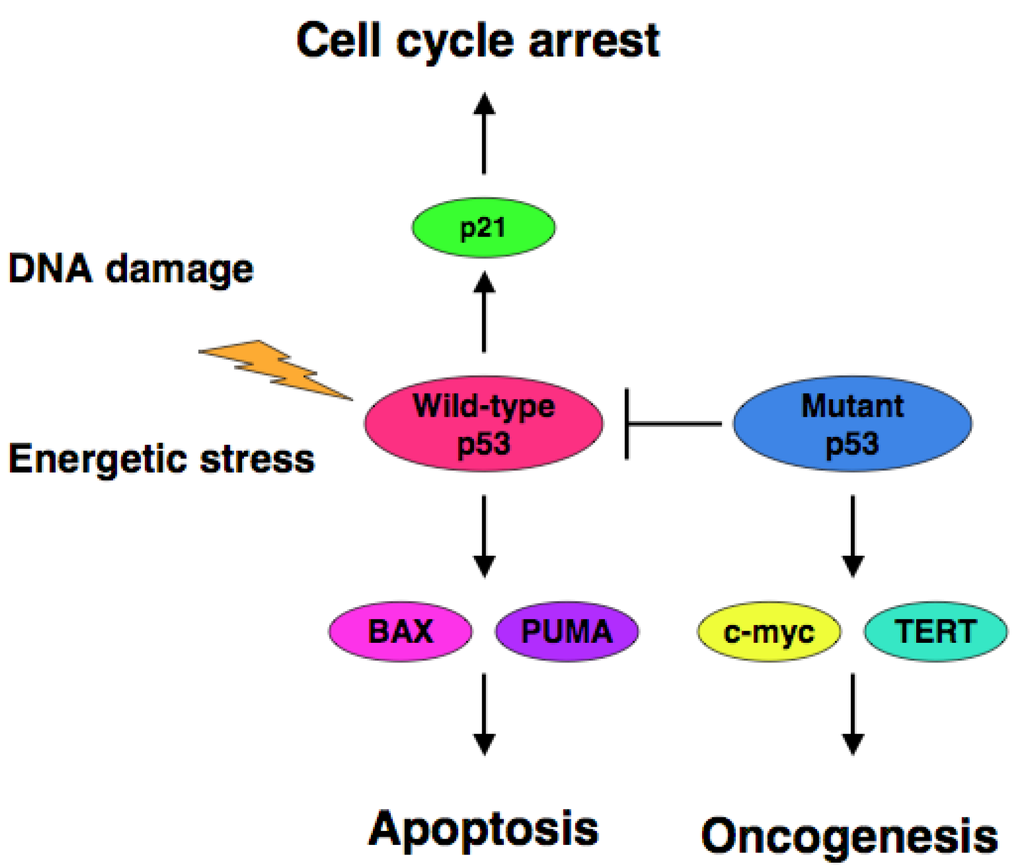

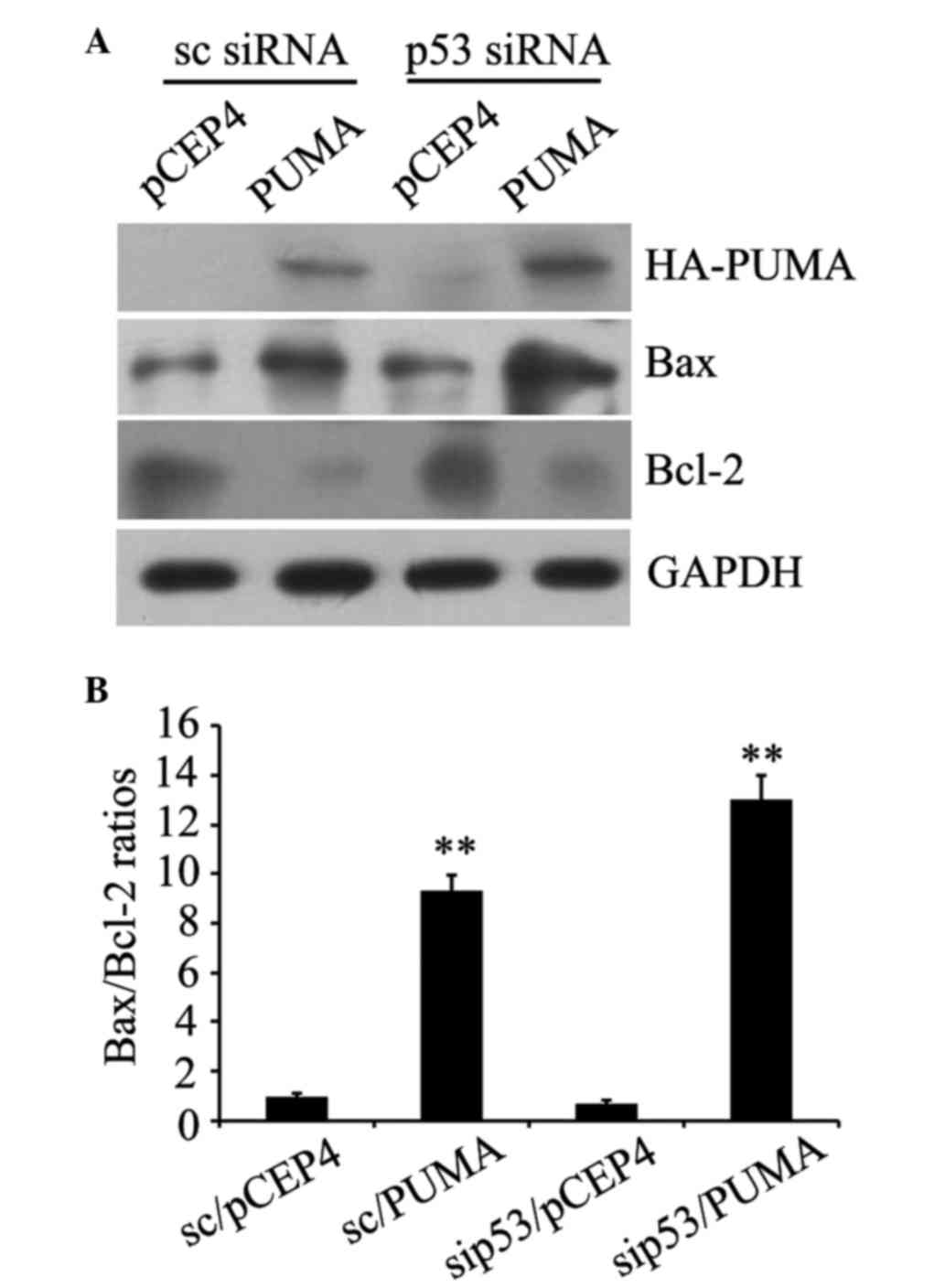
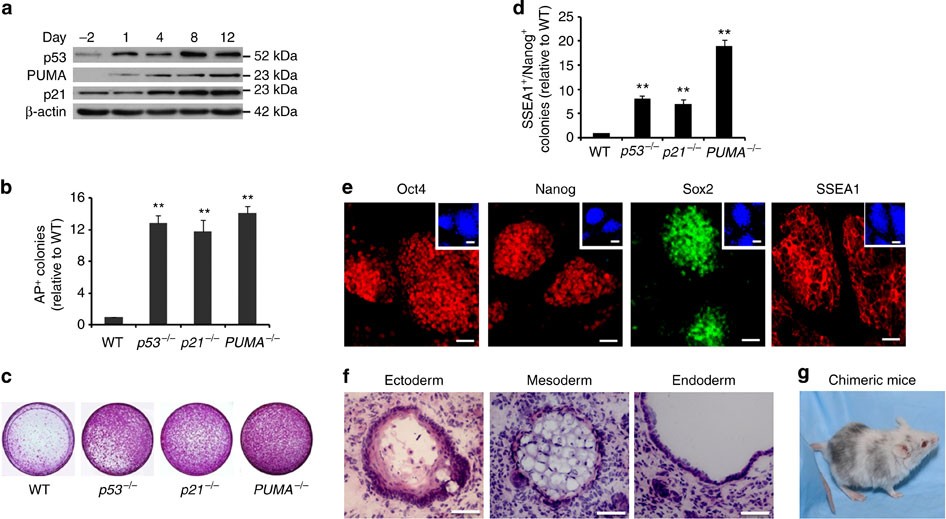
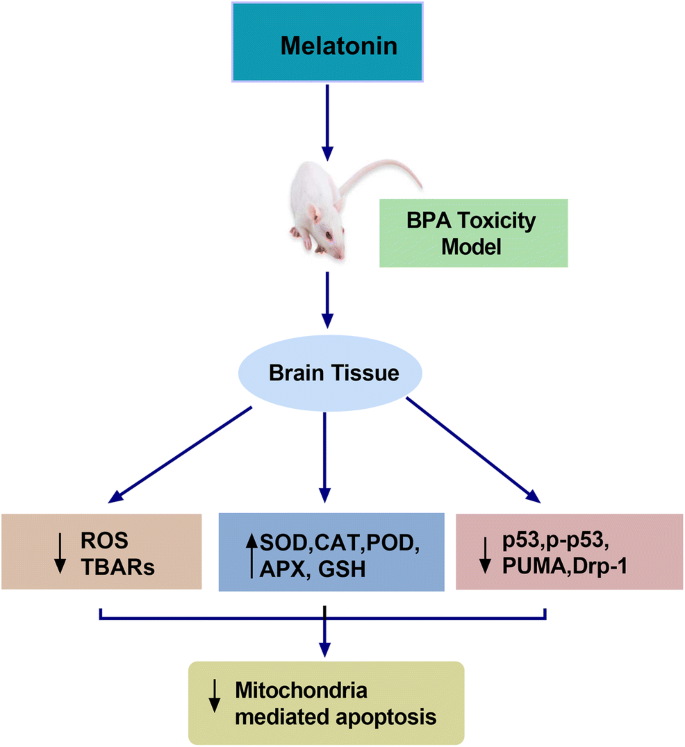


![PDF] Importance of proapoptotic protein PUMA in cell radioresistance. | Semantic Scholar PDF] Importance of proapoptotic protein PUMA in cell radioresistance. | Semantic Scholar](https://d3i71xaburhd42.cloudfront.net/007b74c8e175676f622b7c398091fdf81698eb6a/2-Figure1-1.png)
